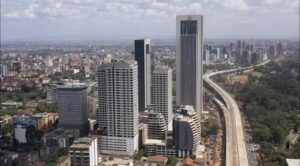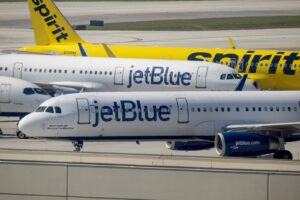The Talon A-2 hypersonic aircraft successfully completed its second test flight, passing Mach 5 on 24 March 2025. During the mission, the Stratolaunch Talon A-2 was dropped by the massive Scaled Composites “Roc” aircraft before firing its rocket engine. This effort to test and develop a hypersonic aircraft brings back memories of the USAF and NASA tests of the X-15 in the 1950s and 1960s.
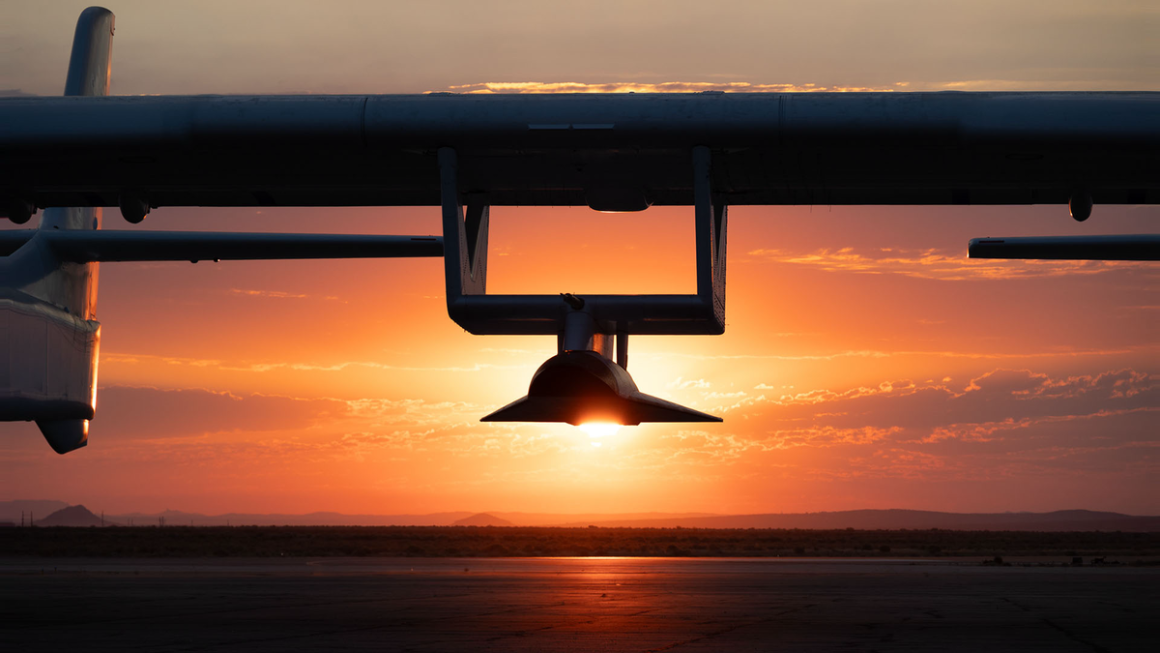
Stratolaunch Designs Reusable Talon A-2 Hypersonic Aircraft
Stratolaunch’s stated mission is to “Accelerate Hypersonic Technology.” They have designed the Talon A-2 to serve as a reusable test vehicle capable of flying at speeds of at least Mach 5, carrying testing and experimental payloads, and then gliding to a controlled landing.
The Talon A-2 hypersonic aircraft is powered by a Ursa Major Hadley liquid oxygen and kerosene reusable rocket engine producing 5000 pounds of thrust.
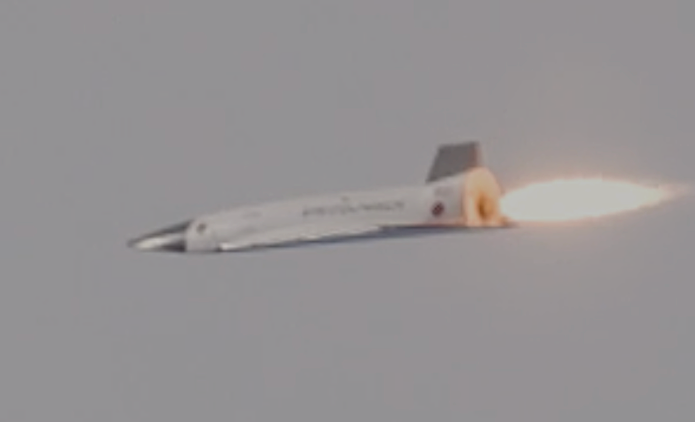
Talon A-2 To Increase Frequency of Tests
Stratolaunch is conducting the Talon A-2 tests for the Test Resource Management Center (TRMC) Multi-Service Advanced Capability Hypersonic Test Bed (MACH-TB) program, which aims to increase the frequency of testing hypersonic aircraft systems.
“Demonstrating the reuse of fully recoverable hypersonic test vehicles is an important milestone for MACH-TB,” stated George Rumford, Director of the Department of Defense Test Resource Management Center. “Lessons learned from this test campaign will help us reduce vehicle turnaround time from months down to weeks.”
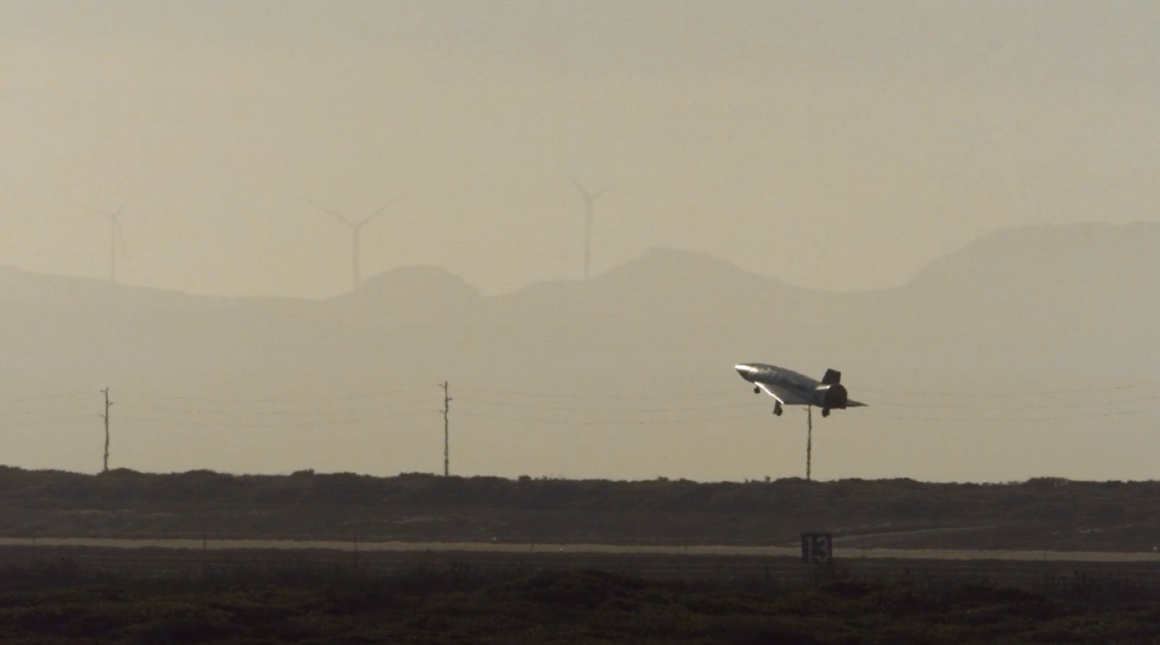
“Roc” Aircraft with 385-Foot Wingspan Lifts Talon A-2
For the 24 March flight, the Talon A-2 was hung beneath the center wing pylon of the giant dual-fuselage Scaled Composites “Roc” aircraft. The “Roc” first flew in 2019 as the largest aircraft in the world. It features a 385-foot wingspan and six Pratt & Whitney turbofan engines. Its maximum takeoff weight is 1,300,000 pounds.
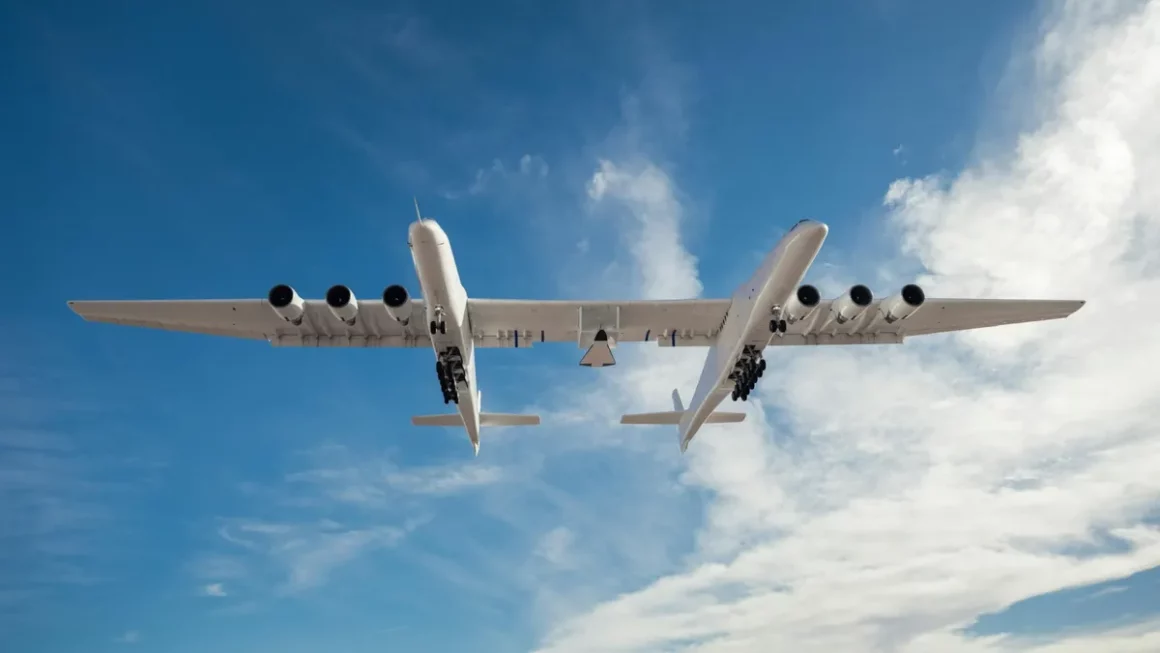
On the recent mission, the “Roc” carried the Talon A-2 to 20,000 feet and then dropped it. At that point, the Hadley engine fired, propelling the Talon past Mach 5 and testing the aircraft’s ability to perform high-G turns and other maneuvers.
Following an autonomous landing at Vandenberg Space Force Base, engineers removed payloads, including the Northrop Grumman Advanced Hypersonic Technology Inertial Measurement Unit, which collected data on navigation and other details from the flight.
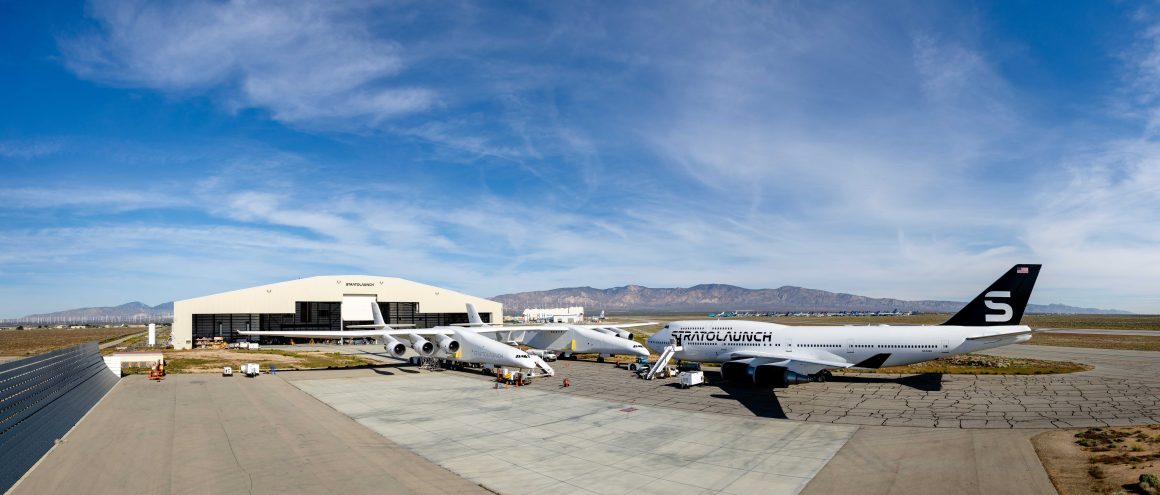
“With the data collected from this second flight, we are able to apply lessons learned to enhance the strength and performance of the Talon-A vehicles,” said Dr. Zachary Krevor, President and CEO of Stratolaunch. “While the team needs to complete its data review of flight two, the first flight review confirmed the robustness of the Talon-A design while demonstrating the ability to meet the full range of performance capabilities desired by our customers.”
Early Tests of Hypersonic Technology with the X-15
The Talon A-2 missions are the first United States tests of a reusable hypersonic aircraft since testing of the X-15 in the 1950s and 1960s. For those missions, the X-15 Hypersonic Rocket Planes were carried underneath modified B-52 Stratofortresses and then dropped in a similar manner to the Talon A-2.
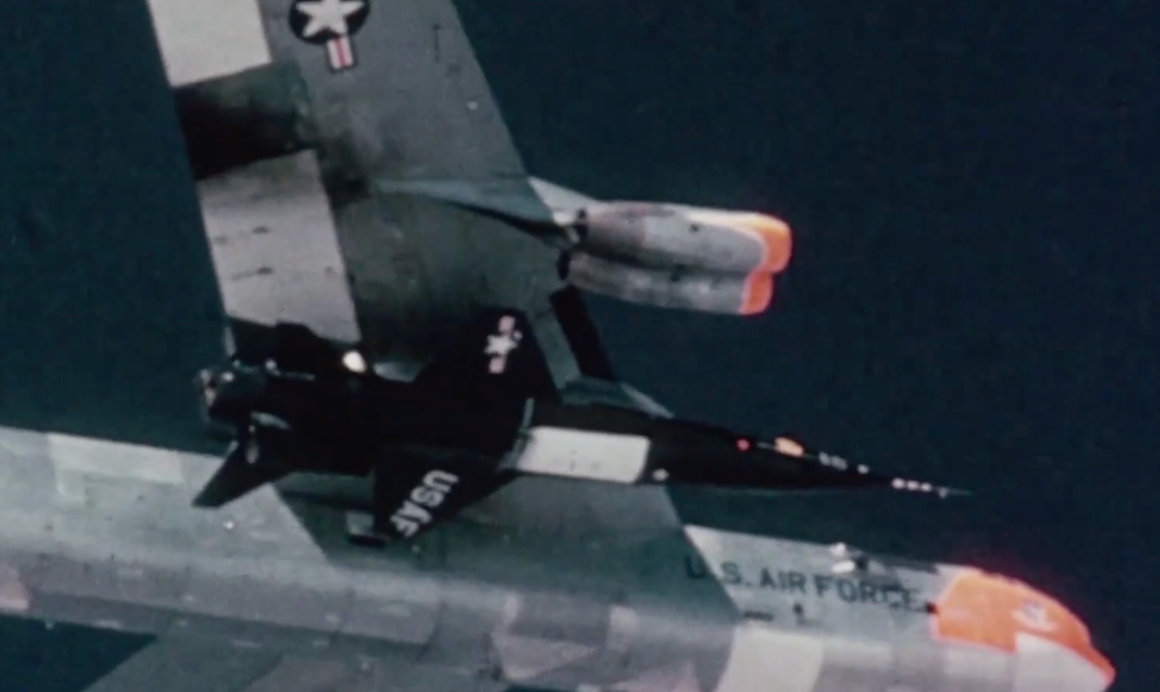
From 1959 to 1968, twelve different pilots flew 199 missions in the three North American Aviation X-15s. During the X-15 program, these hypersonic aircraft reached speeds above Mach 6 and altitudes above 250,000 feet.
Other Nations and Companies Interested in Hypersonic Technology
The United States has renewed its efforts to test hypersonic aircraft. China and other countries have expressed interest in the technology as critical to their national security and are conducting their own tests.
Stratolaunch is not the only American company working on developing hypersonic aircraft. The Rocket Lab space company, based in California, has developed a rocket it calls the “Hypersonic Accelerator Suborbital Test Electron (HASTE)” as a testbed for hypersonic technology. HASTE has made three test flights, and US and UK military organizations have both identified Rocket Lab as a potential partner for their hypersonic programs.







